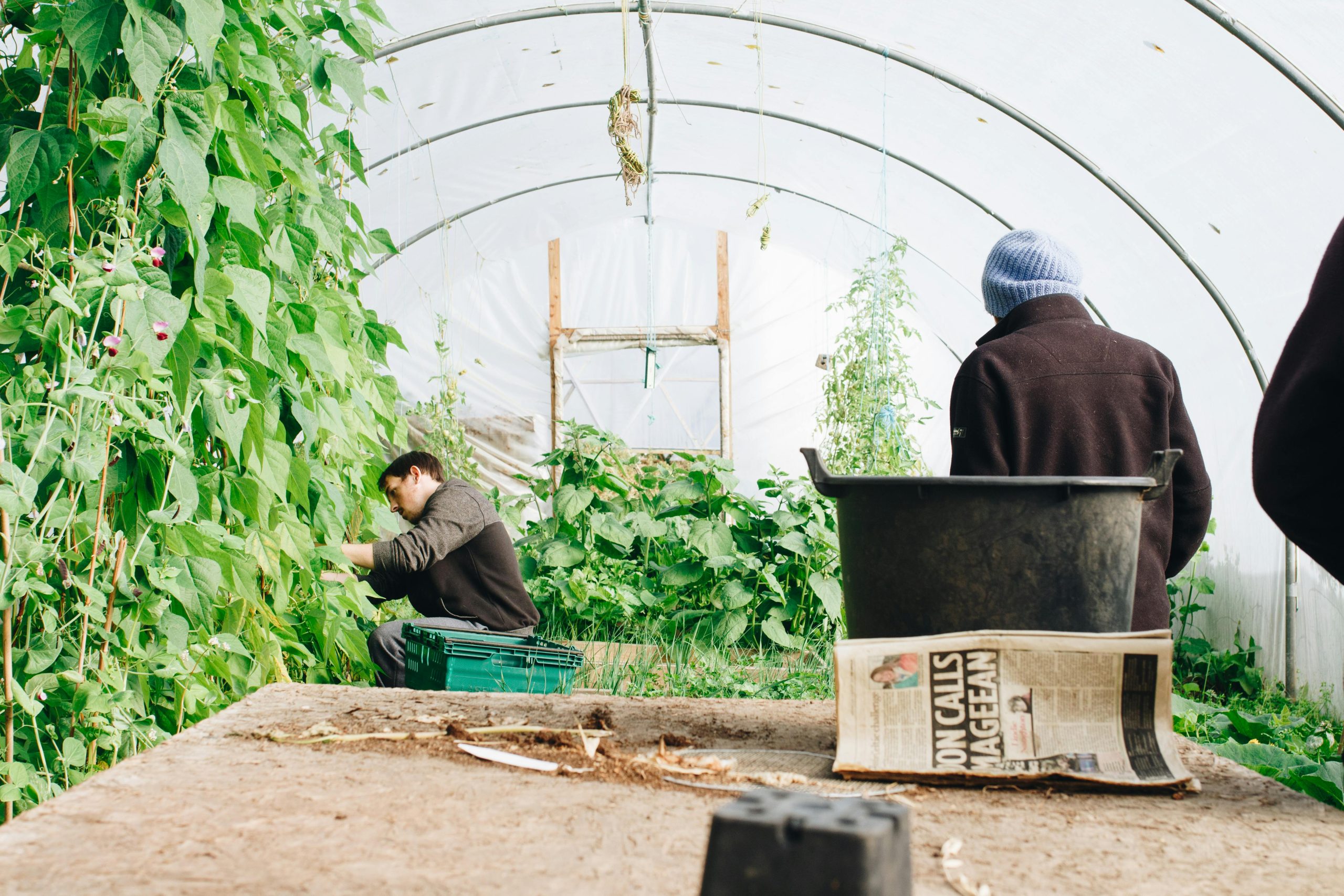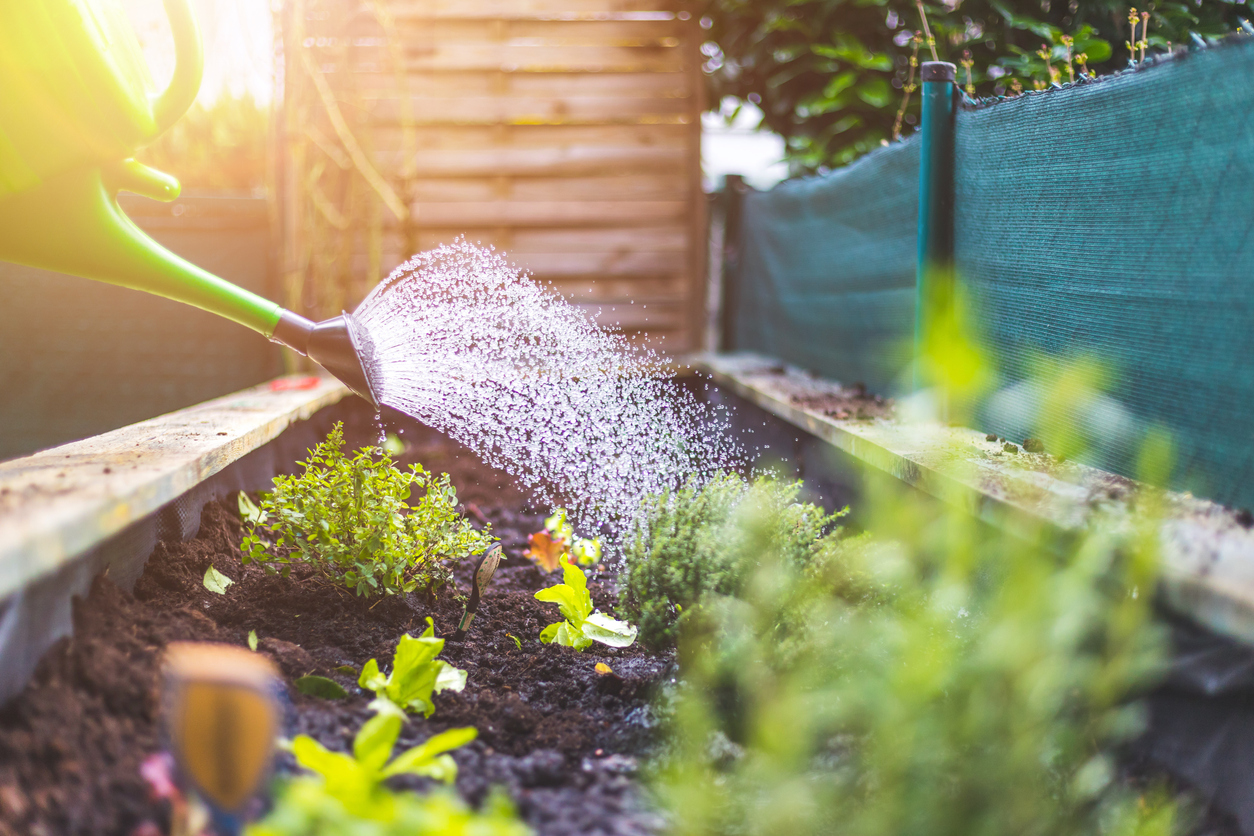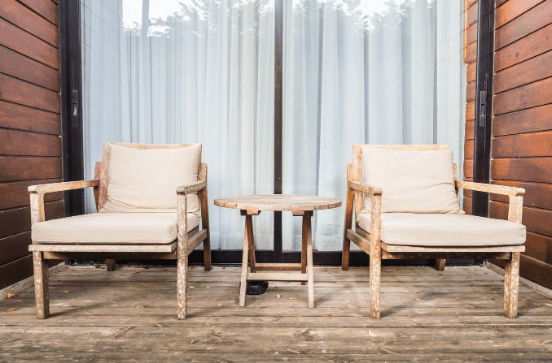The Hidden Hazards Lurking in Overgrown Outdoor Spaces

A lush backyard might look charming at first glance, but when plants and shrubs are left to grow unchecked, they can quickly turn from a pleasant green haven into a genuine safety risk. Overgrown areas can block pathways, conceal pests, and even damage fences or outdoor structures. What feels like a minor landscaping issue can soon affect your family’s safety and your property’s value.
Many homeowners are surprised to learn that simple maintenance—like pruning or timely vegetation removal—can make a huge difference in preventing these risks. When branches, weeds, and invasive plants take over, they create spaces that are difficult to monitor and even harder to enjoy. Staying on top of growth isn’t just about aesthetics; it’s about keeping your outdoor space functional and safe.
If your yard has started to feel wild and unmanageable, here’s how to identify the hidden hazards and take practical steps to fix them.
Overgrowth That Attracts Unwanted Visitors
Thick bushes and long grass make ideal hiding places for pests. Rodents, snakes, and insects often move into areas where they can remain unseen. Over time, they can migrate closer to your home, bringing health risks or causing damage. Regular trimming and clearing keep sight lines open so you can spot problems before they escalate.
Damage to Structures and Surfaces
Roots and creeping plants are powerful enough to crack paving, lift decking, or push through fences. Vines climbing over sheds or pergolas can add weight and moisture, leading to rot. A quick inspection around your property will reveal where plants are starting to intrude. Removing them early prevents costly repairs later.
Fire and Storm Hazards
In dry conditions, thick layers of leaves and branches can act as fuel, increasing the risk of fire. During storms, heavy branches may break and fall onto roofs, vehicles, or powerlines. Keeping growth under control reduces these risks and ensures emergency access if needed.
How to Reclaim Your Outdoor Space
Taking control of overgrown areas doesn’t always require a full landscaping overhaul. Start with these steps:
- Walk the perimeter: Identify areas where plants block access or touch structures.
- Trim gradually: Cut back sections bit by bit, especially if wildlife may be nesting.
- Clear ground cover: Remove fallen branches and layers of dead leaves where pests hide.
- Dispose of debris safely: Bag up green waste promptly or arrange for a collection service.
These actions not only reduce hazards but also reveal the potential of your outdoor space.
Maintaining a Safe, Usable Yard
Once you’ve cleared problem areas, keep a simple maintenance routine. Set reminders to mow, prune, and check fences every few weeks. Look out for fast‑growing species that need more frequent attention. If large trees or dense thickets are beyond your tools or expertise, hiring a professional arborist or landscaping service can save time and prevent injury.
Enjoying the Benefits
A well‑managed outdoor space is more than just neat and tidy. It’s safer for children to play in, easier to move around, and far more inviting for gatherings or quiet evenings outside. By staying on top of plant growth, you also protect the structures and surfaces you’ve invested in, saving money and stress in the long run.
Keeping your yard healthy and hazard‑free isn’t about creating a picture‑perfect garden. It’s about making sure the space you already have works for you rather than against you. A little consistent effort today means an outdoor area you can enjoy with confidence for years to come.




